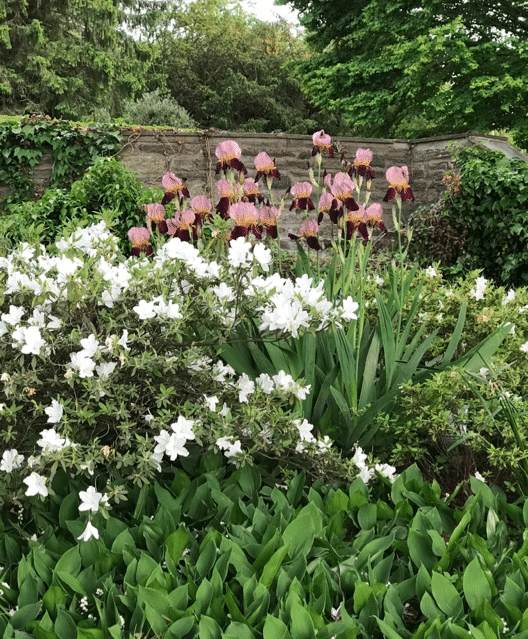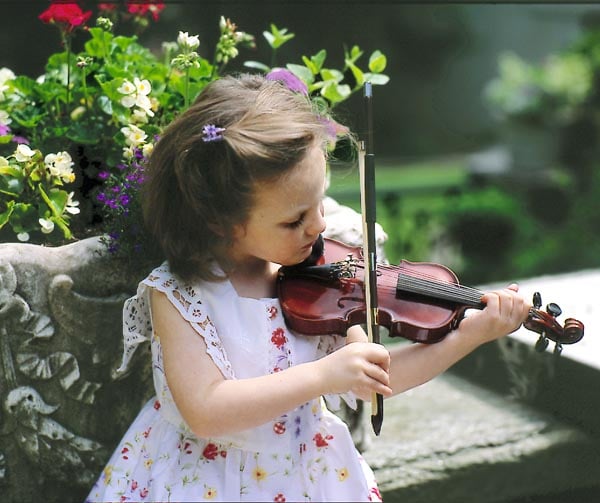Shinichi Suzuki: A Treasure 10/29/2014
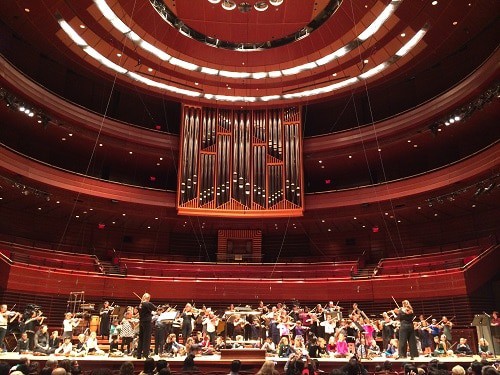
Shinichi Suzuki is alive and well in 2014 in Philadelphia, Pa. and around the world. I dare say that his “Twinkle Variations” are being played some where in the world 24 hours a day every day of the week.
Well, they had better be. Dr. Suzuki always said “the only day you do not practice is the day you do not eat!”
In his lifetime he and his superb teachers taught well over 40,000 tiny Japanese children how to play the violin. Even when he was approaching his hundredth birthday he still woke up every morning before 4:00 A.M. and spent several hours listening to graduation tapes that arrived daily from tiny children all over Japan. He listened to and commented upon each and every tape from every Suzuki student ready to graduate to the next level.
This amounted to more than 5,000 tapes every year. He surely heard the sweet strains of “Twinkle, Twinkle Little Star” more often than the better part of the rest of the world combined.
While some great masters develop a style and technique that is right for them and then stick with it Suzuki never stood still. He was constantly changing, refining, and improving his methods and techniques. The principles and philosophy never changed in over 40 years but his techniques were never sacred. His teachers had to stay on their toes to keep up with him.
The world of professional musicians has always had difficulty understanding Suzuki and his legions of devoted students, teachers and parents. They recognize that he has taught 40,000 violinists but how many become full-time professional musicians they ask?
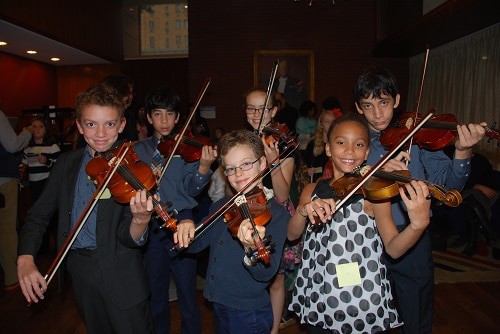
Dr. Suzuki clearly never understood that question.
It is rather like asking “But how many of them ended up driving a fancy car?”. It may be of some interest to someone but it was not relevant to Shinichi Suzuki.
It is not the point.
Suzuki wanted little children to play the violin so that they could have the joy of being able to play the violin, to be able to make beautiful music for themselves and for the pleasure of others. It never occurred to Suzuki that the children at some future date should be paid to do that.
To be sure some people are paid to do that and they are called professional musicians. We can hope that they derive pleasure from so doing and that those who pay to hear them do so too but it is surely not the reason that a mother brings her two-year-old to Talent Education in Matsumoto.
To begin to teach a child to play the violin at age three in order that he may one day become a professional violinist is to begin vocational training at age three. There may well be those who wish to begin vocational training with three-year-old children but they certainly do not darken the door at Talent Education.
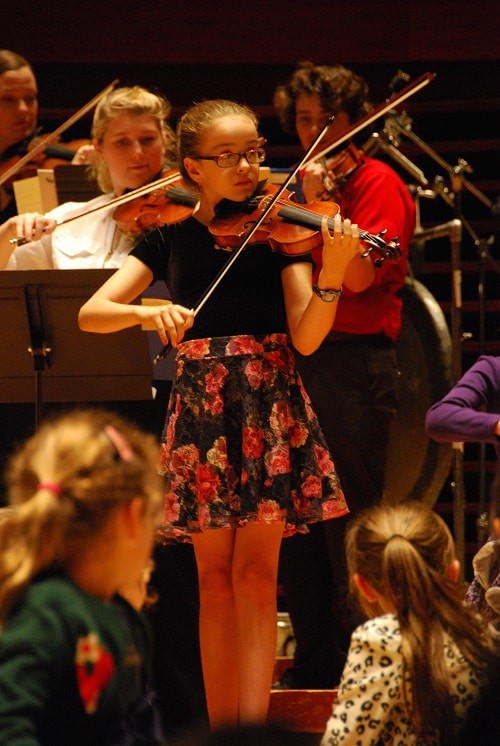
Suzuki wanted to create philosophers not first violinists in philharmonic orchestras.
His goal is at once lofty and simple: music for its own sake.
Imagine being able to play a musical instrument so well and so effortlessly that you would play it for the sheer enjoyment of hearing the sounds that you could make. Imagine having the confidence and the thoughtfulness of spirit that you derived honest pleasure from others listening to the music that you could make.
It is this combination of true ability, sensitivity and generosity of spirit that Suzuki worked to achieve in each and every student. These characteristics have little to do with how that human being will ultimately make his or her living.
To Suzuki the violin is merely a springboard which allows the tiny child to use his tremendous abilities and to discover, as he does so, that he has many, many more such abilities – if he chooses to develop them. Through the international language of music the tiny child has a powerful means of communicating with adults who might otherwise underestimate his potential. He learns at a very early age to work as a member of a team with other young children to create music. This is an invaluable lesson which sadly some much older children never learn. Mother and child together learn to respect each other as they develop a partnership which can last a lifetime.
It is a magical equation.
Those 40,000 tiny children and the hundreds of thousands of children just like them around the world are very lucky indeed that Shinichi Suzuki was born and is still, 16 years after his physical departure in 1998 a vital force for good in the world.
In Japan the highest rank a citizen can attain is the rank of “National Treasure”. In the case of Shinichi Suzuki they are going to need to create a new title that of “International Treasure”.
The sweet strains of “Twinkle” coming from the stage of the amazing Kimmel Center last week remind us once again that his magic and the magic of the Suzuki kids lives on.
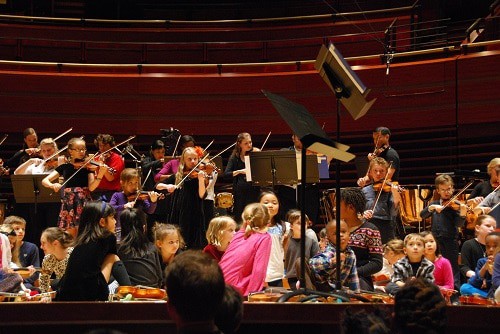
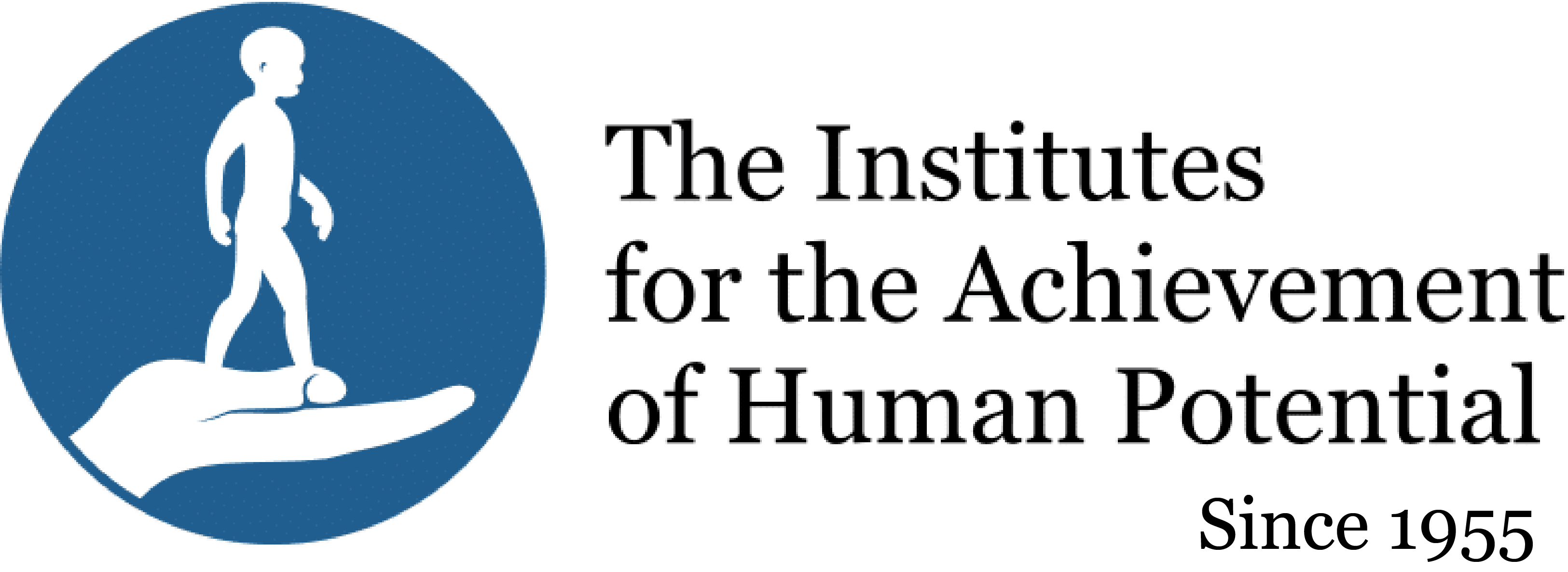
 Donate
Donate





